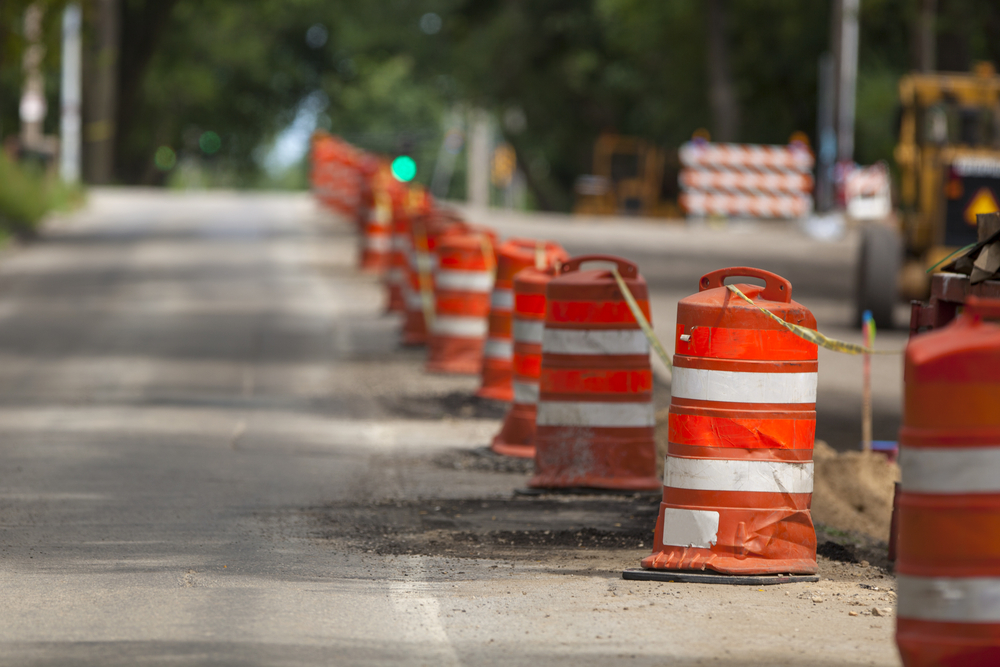
Congressional committee leaders received a letter Dec. 20 from nine transportation-focused organizations urging federal funding for automated speed enforcement in work zones throughout the United States.
Efforts to address automated speed enforcement in work zones are currently being held behind legal red tape. Section 1401 of the Fixing America’s Surface Transportation (FAST) Act specifically bars funding for any automated traffic enforcement system, while Section 402 grants provided by the National Highway Safety Traffic Administration block funding for implementation of any automated enforcement programs.
The organizations said that such enforcement hinderances are contributing to a mass of crashes that in 2017 alone led to nearly 800 people killed and 38,900 injured in work zones. Speeding was the largest factor, and roadside workers are constantly exposed to fast moving vehicles. All of the noted incidents were preventable, the authors claim, and non-automated enforcement places more people at risk — namely, the officers.
“Implementing automated enforcement systems in work zones is successful in reducing speed, aggressive driving, fatalities, and injuries,” the signatories said in a letter written by the National Safety Council. “However, some states lack resources to implement this technology.”
Other signatories included the American Association of State Highway and Transportation Officials, American Road & Transportation Builders Association, American Traffic Safety Services Association, Associated General Contractors of America, Commercial Vehicle Safety Alliance, Laborers’ Health and Safety Fund of North America, National Asphalt Pavement Association and National Stone, Sand, & Gravel Association.
Backing their assertions up with data, they also pointed to Maryland as a test case. When automated enforcement technology was deployed, work zone speeding violations fell by 80 percent and work zone fatalities by nearly 50 percent. Federal funds could enhance this, they said.